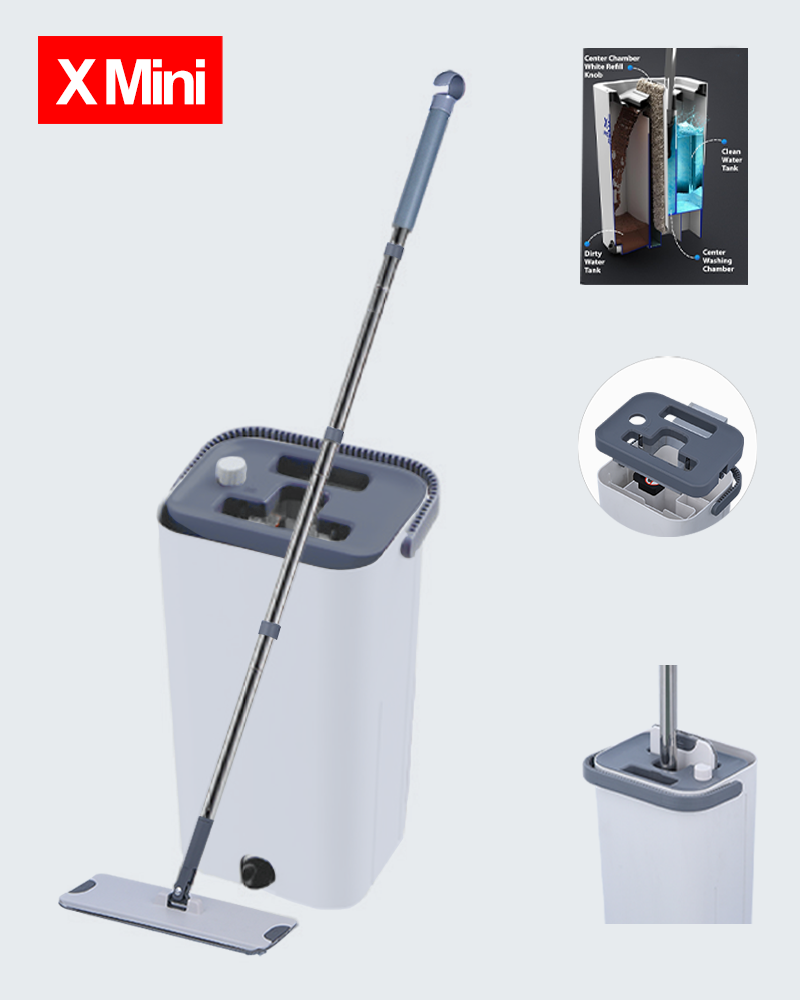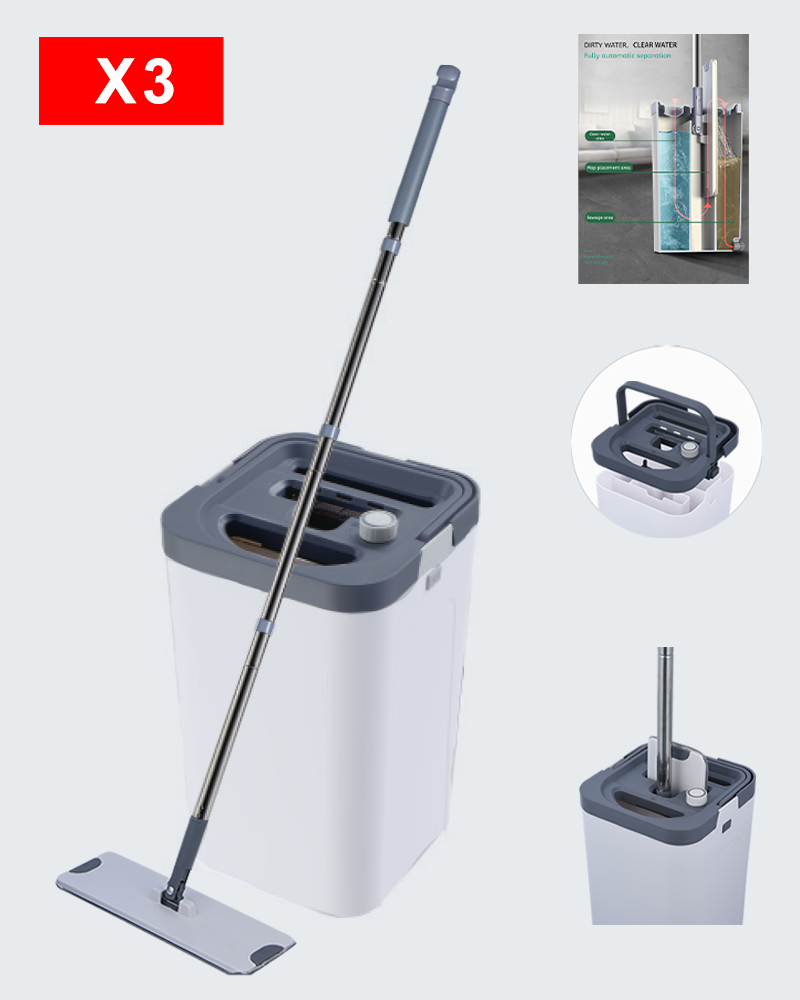What Are the Core Causes of Cleaning Tool Wear?
Most cleaning tool damage stems from improper maintenance rather than normal use. Residual dirt, moisture buildup, and neglected accessory replacement are the primary culprits. For example, hair tangled in brush rolls increases friction during operation, wearing down motor components; damp filters and dust cups breed mold and cause structural corrosion; and worn-out brushes lose cleaning efficiency and scratch surfaces.
What Maintenance Steps Protect Different Cleaning Tools?
For Floor-Cleaning Machines (Sweepers, Mopping Devices)
Clean core components quarterly: Disassemble dust cups, filters, and brush rolls, rinse thoroughly with water, and ensure 48 hours of drying before reassembly to prevent odor and mold.
Clear debris promptly: Remove hair and thread from brush rolls and side brushes after each use to avoid motor strain.
Replace accessories on schedule: Swap out filters, brush rolls, and mopping pads every 6-12 months depending on usage frequency.
For Vacuum Cleaners
Protect motor and filtration: Avoid washing non-waterproof parts like motor housings; clean cyclone filters monthly and replace them annually to prevent secondary pollution.
Handle attachments carefully: Use cotton swabs to clean narrow crevices in nozzles and suction ports, and store attachments in dry environments to prevent plastic cracking.

 English
English Español
Español 中文简体
中文简体












